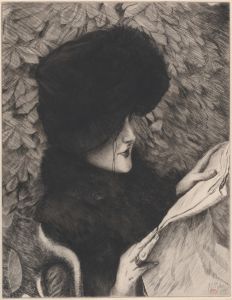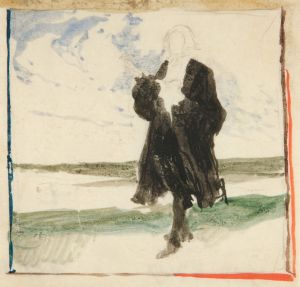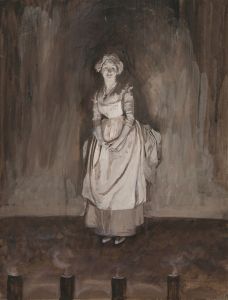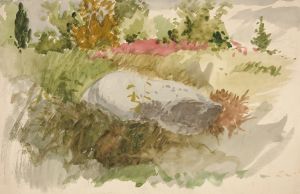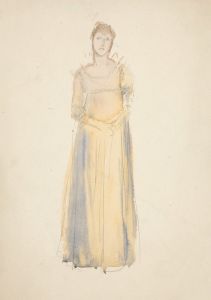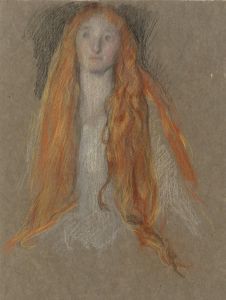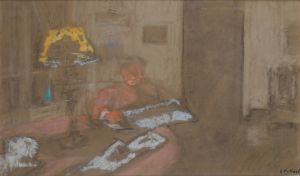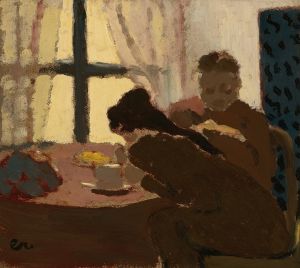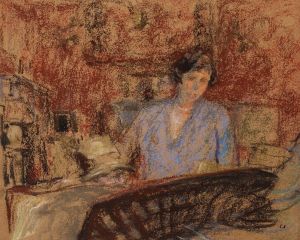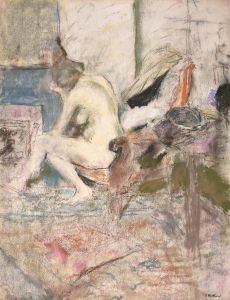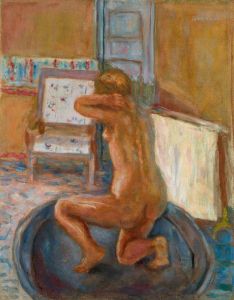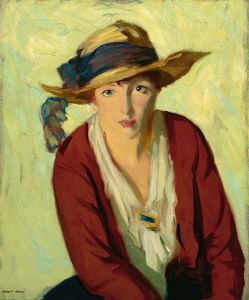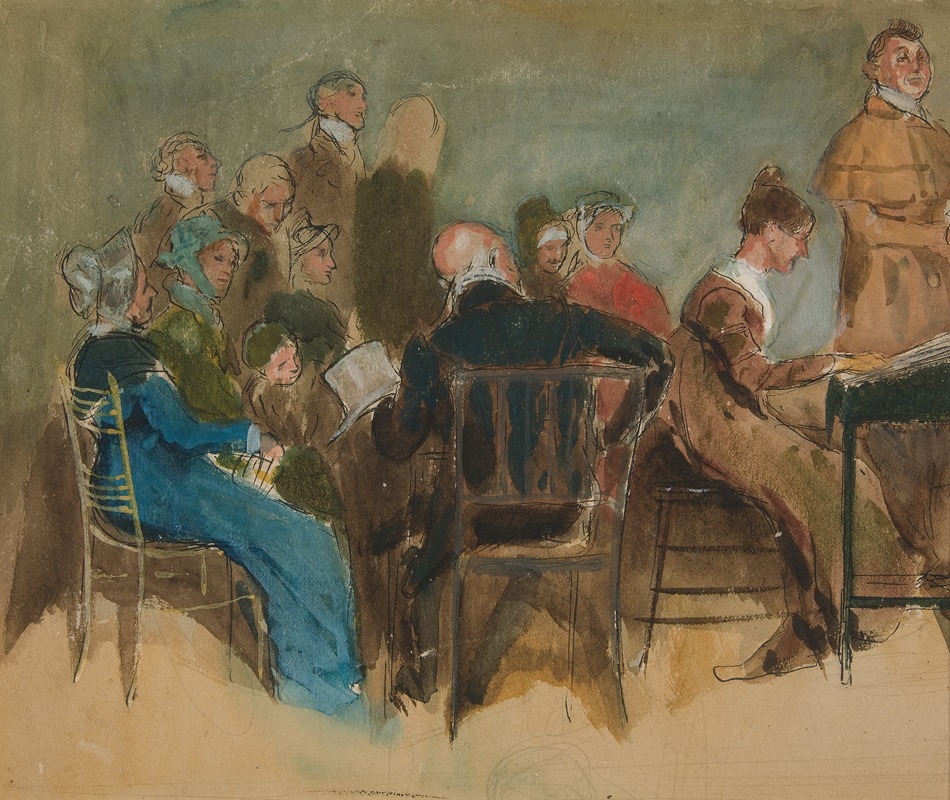
Sketch of women in an interior – unidentified illustration
A hand-painted replica of Edwin Austin Abbey’s masterpiece Sketch of women in an interior – unidentified illustration, meticulously crafted by professional artists to capture the true essence of the original. Each piece is created with museum-quality canvas and rare mineral pigments, carefully painted by experienced artists with delicate brushstrokes and rich, layered colors to perfectly recreate the texture of the original artwork. Unlike machine-printed reproductions, this hand-painted version brings the painting to life, infused with the artist’s emotions and skill in every stroke. Whether for personal collection or home decoration, it instantly elevates the artistic atmosphere of any space.
Edwin Austin Abbey (1852–1911) was an American artist known for his illustrations and paintings, particularly those depicting Shakespearean and Victorian subjects. Abbey's work was characterized by its attention to detail and historical accuracy, often capturing the essence of the periods he portrayed. Among his numerous works, "Sketch of Women in an Interior" stands as an example of his illustrative style, although specific details about this particular piece are limited.
Abbey began his career as an illustrator for magazines such as Harper's Weekly, where he gained recognition for his ability to bring literary and historical scenes to life. His illustrations often accompanied works by authors like Charles Dickens and William Shakespeare, showcasing his versatility and deep understanding of the texts. Abbey's transition from illustration to painting did not diminish his attention to detail; instead, it allowed him to explore larger compositions and more complex themes.
"Sketch of Women in an Interior" reflects Abbey's skill in capturing domestic scenes with a sense of intimacy and realism. While the specific context or narrative of this sketch is not well-documented, it likely features elements typical of Abbey's work, such as period-appropriate costumes and settings. His ability to depict the subtleties of human interaction and the intricacies of interior spaces would have been evident in this piece, as in many of his other works.
Abbey's artistic style was influenced by his time in Europe, particularly in England, where he spent a significant portion of his career. He was associated with the Pre-Raphaelite Brotherhood and the Arts and Crafts Movement, both of which emphasized a return to detailed, hand-crafted art and design. These influences are often visible in Abbey's work, which combines meticulous craftsmanship with a romanticized view of history.
Throughout his career, Abbey received numerous accolades and commissions, including a notable commission to paint the murals for the Pennsylvania State Capitol in Harrisburg. His contributions to the art world were recognized with his election to the National Academy of Design and the American Academy of Arts and Letters.
Despite the lack of specific information about "Sketch of Women in an Interior," Abbey's broader body of work provides context for understanding his artistic approach. His illustrations and paintings continue to be appreciated for their historical authenticity and artistic merit, securing his place as a significant figure in American art history. Abbey's legacy is preserved in various collections, including those of major museums and libraries, where his works continue to be studied and admired for their contribution to the visual arts.





